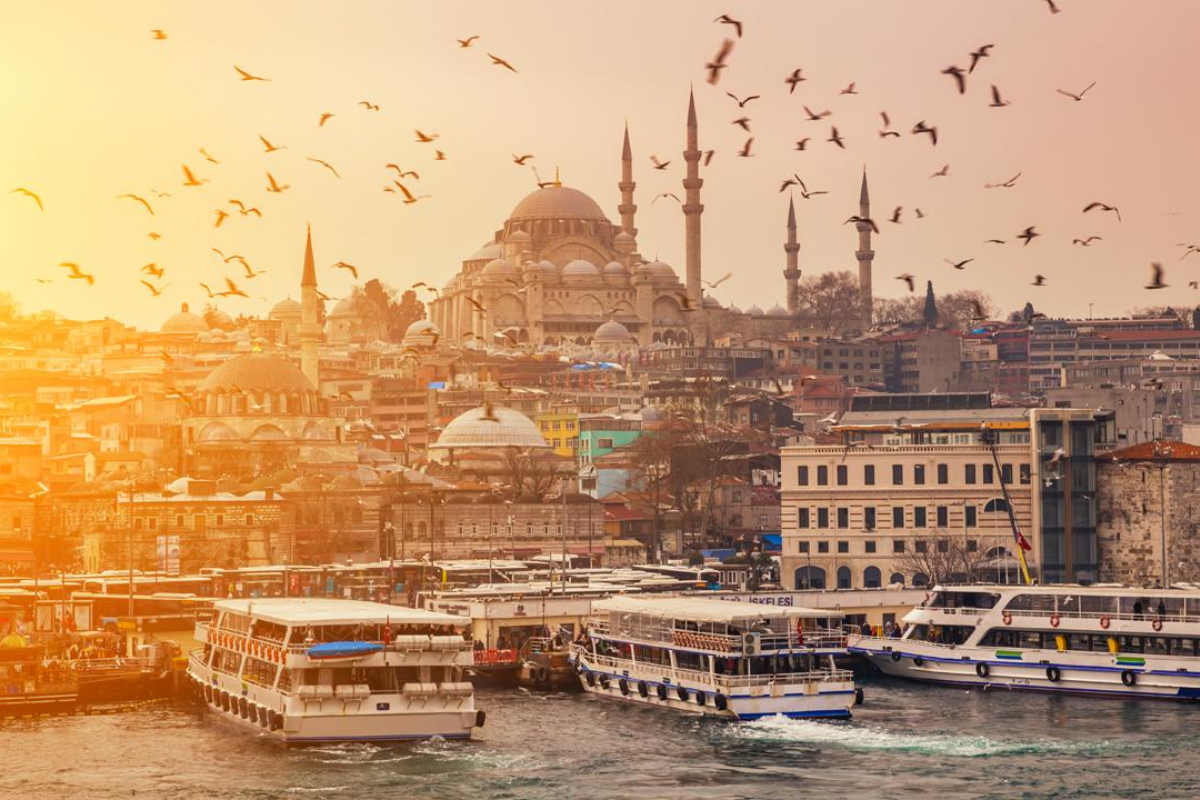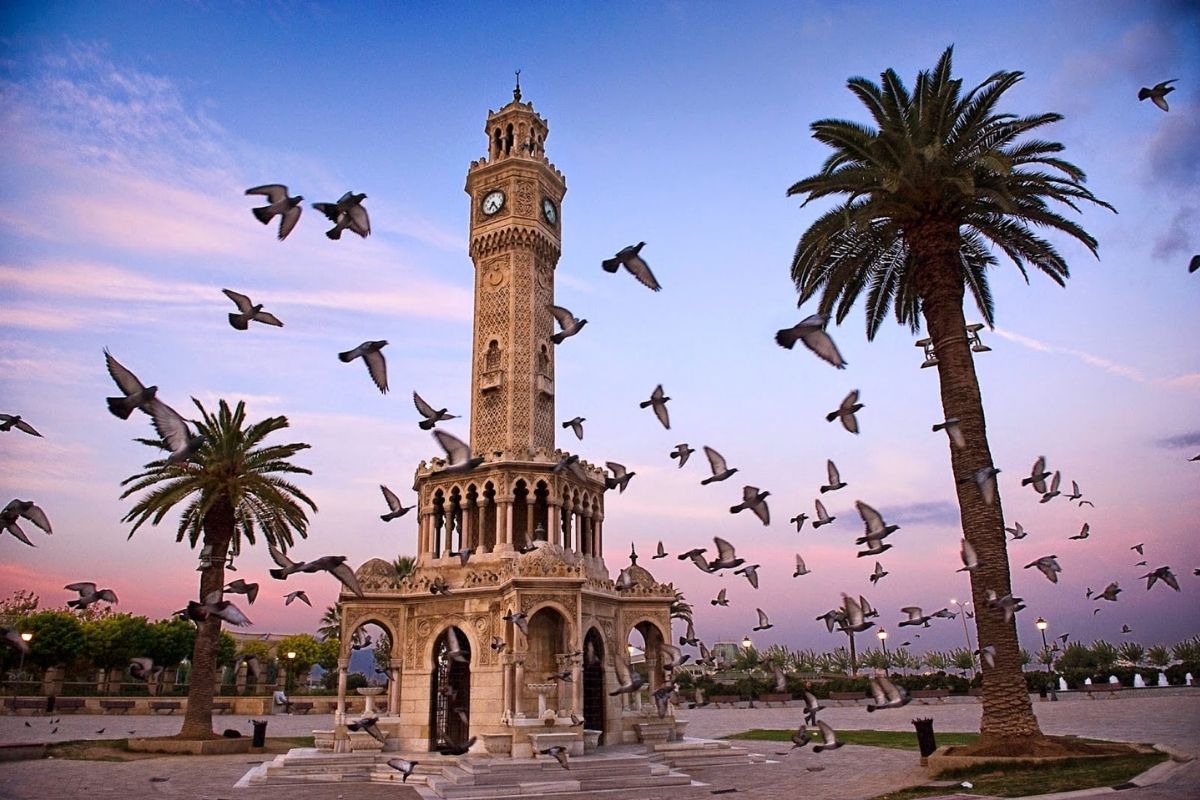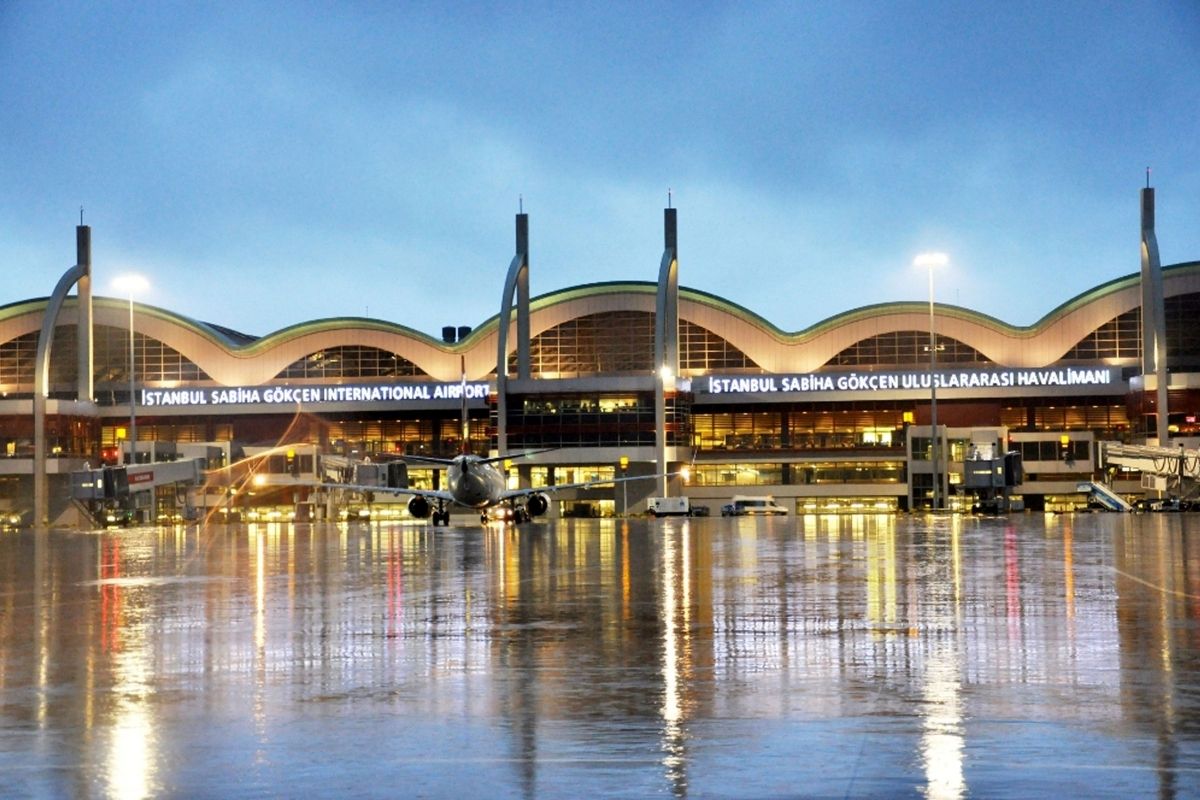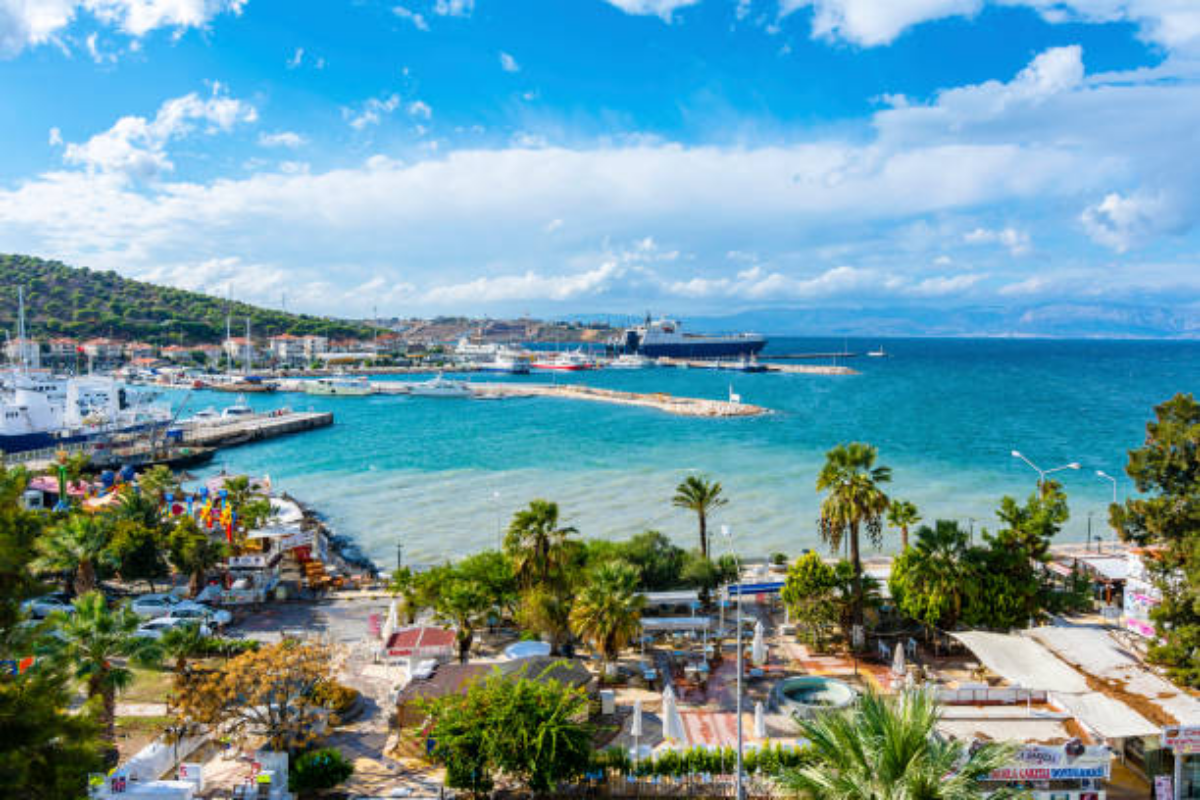Hagia Sophia: A Fusion of History, Architecture, and Cultural Heritage

Hagia Sophia is one of the most iconic and captivating structures in Istanbul, holding immense religious and historical significance. As a symbol of both the Byzantine and Ottoman Empires, it stands as one of the most important cultural heritages in the world. Today, it serves both as a mosque and a museum, welcoming visitors from around the globe.
The History of Hagia Sophia
Hagia Sophia was commissioned in 537 AD by the Byzantine Emperor Justinian I and completed 15 years later. At the time, it was the largest and most magnificent church in the Byzantine Empire, located in the capital, Constantinople. The architectural design of Hagia Sophia is considered one of the most important examples of Byzantine architecture. The materials used in its construction, the craftsmanship, and the engineering knowledge of the time indicate advanced technological understanding.
In 1453, when the Ottoman Empire conquered Istanbul, Hagia Sophia was transformed into a mosque. After the conquest, Sultan Mehmed the Conqueror turned Hagia Sophia into a mosque, consolidating the Ottoman Empire's place in the Islamic world. The building became a major religious center in Istanbul and continued to be used as a mosque for centuries.
After the establishment of the Republic, in 1935, under the leadership of Mustafa Kemal Atatürk, Hagia Sophia was opened as a museum. This status continued until 2020, when Turkish President Recep Tayyip Erdoğan decided to revert Hagia Sophia back to a mosque.
Architectural Features
Hagia Sophia is one of the most unique and impressive examples of Byzantine architecture. The structure bears traces of both the Byzantine and Ottoman periods. Its enormous dome, particularly, is one of the largest domed structures in the world. With a height of 55 meters, the dome presents a breathtaking view from every angle.
The interior of Hagia Sophia is adorned with rich mosaics, showcasing some of the finest examples of Byzantine art. These mosaics, depicting figures of Jesus Christ and the Virgin Mary, are especially remarkable. However, during the Ottoman period, after the conversion to a mosque, these mosaics were often covered or concealed.
During the Ottoman era, the aesthetic of the interior was enriched with Islamic artistic and religious symbols. After it became a mosque, the addition of a minbar, mihrab, minarets, and calligraphy further embellished the structure. The grand Ottoman calligraphy inside Hagia Sophia gives the space an artistic atmosphere, similar to that of a gallery.
Cultural and Religious Significance
Hagia Sophia is not only an architectural masterpiece but also holds profound religious and cultural importance. It has been a sacred place for both Christians and Muslims, serving as a meeting point for various civilizations throughout history. During the Byzantine period, it was the most significant Christian place of worship. After the conquest of Istanbul, it became one of the most important Islamic places of worship in the world.
Hagia Sophia also holds a special place in Turkish history. It symbolizes the Ottoman Empire’s power in the Islamic world and, later, the secular state established during the Republican era, creating a bridge between historical and cultural periods.
Current Status
In 2020, the decision to reopen Hagia Sophia as a mosque sparked global debates. While many favored it remaining a museum, others supported its return to being a mosque. Today, Hagia Sophia serves as a place of worship and attracts both local and international visitors. It continues to be recognized as a UNESCO World Heritage Site, with its preservation efforts ongoing.
Visitors can explore the building’s rich history and cultural significance through guided tours. The mosaics, minbars, dome, and other artistic elements inside Hagia Sophia continue to captivate thousands of tourists every year.
Conclusion
Hagia Sophia is not just a building; it is a symbol of a civilization, a history, and a culture. From the Byzantine era to the Ottoman period and into the Republic, its journey reflects the layered history of Istanbul. Still standing today, Hagia Sophia continues to carry the unique architectural and cultural values it inherited from the past into the present.
Hagia Sophia is a treasure that every tourist visiting Istanbul must see and a priceless legacy that all Turkish citizens should cherish. It is our collective responsibility to remember, reflect on, and carry forward the history and meaning of Hagia Sophia.










